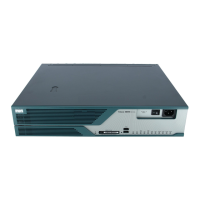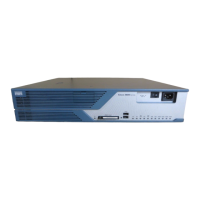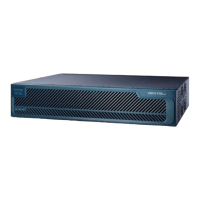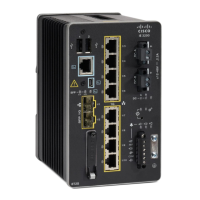177
Cisco 3900 Series, Cisco 2900 Series, and Cisco 1900 Series Integrated Services Routers Generation 2 Software Configuration Guide
Chapter Unified Communications on Cisco Integrated Services Routers
IP Media Services
IP Media Services
The Cisco 3900 series and Cisco 2900 series ISRs support the following media services:
• Conferencing, Transcoding and Media Termination Point (MTP), page 177
• RSVP Agent, page 177
• Trusted Relay Point (TRP), page 177
Conferencing, Transcoding and Media Termination Point (MTP)
Cisco Enhanced Conferencing and Transcoding for Voice Gateway Routers provides conferencing and
transcoding capabilities in Cisco IOS Software-based gateways using the onboard Cisco Packet
Voice/Fax Digital Signal Processor Modules on the Cisco voice gateway routers. This capability is also
supported on Cisco voice gateway router platforms using the Cisco IP Communications Voice/Fax
Network Module and the Cisco IP Communications High-Density Digital Voice/Fax Network Module.
This feature is delivered in Cisco IOS Software and operates in conjunction with Cisco CallManager.
See Configuring Enhanced Conferencing and Transcoding for Voice Gateway Routers at Cisco.com for
configuration information, http://www.cisco.com/en/US/docs/ios/12_3/vvf_c/interop/intcnf2.html.
RSVP Agent
The RSVP Agent feature implements a Resource Reservation Protocol (RSVP) agent on Cisco IOS voice
gateways that support Cisco Unified Communications Manager Version 5.0.1. The RSVP agent enables
Cisco Unified Communications Manager to provide resource reservation for voice and video media to
ensure QoS and call admission control (CAC). Cisco Unified Communications Manager controls the
RSVP agent through Skinny Client Control Protocol (SCCP). This signaling is independent of the
signaling protocol used for the call so SCCP, SIP, H.323, and MGCP calls can all use the RSVP agent.
Benefits of this feature include the following:
• Improves flexibility and scalability of bandwidth management in a meshed network by
decentralizing call admission control
• Provides method of managing unpredictable bandwidth requirements of video media
• Enables RSVP across WAN for Cisco IP phones and other devices that do not support RSVP
See Configuring the RSVP Agent at Cisco.com for information,
http://www.cisco.com/en/US/docs/ios/12_3/vvf_c/interop/int_rsvp.html.
Trusted Relay Point (TRP)
The Cisco Unified Communications system can be deployed in a network virtualization environment.
Cisco Unified Communications Manager enables the insertion of trusted relay points (TRPs). The
insertion of TRPs into the media path constitutes a first step toward VoIP deployment within a virtual
network.
See Media Resource Management at Cisco.com for more information,
http://www.cisco.com/en/US/docs/voice_ip_comm/cucm/admin/7_0_1/ccmsys/
a05media.html#wp1056492.

